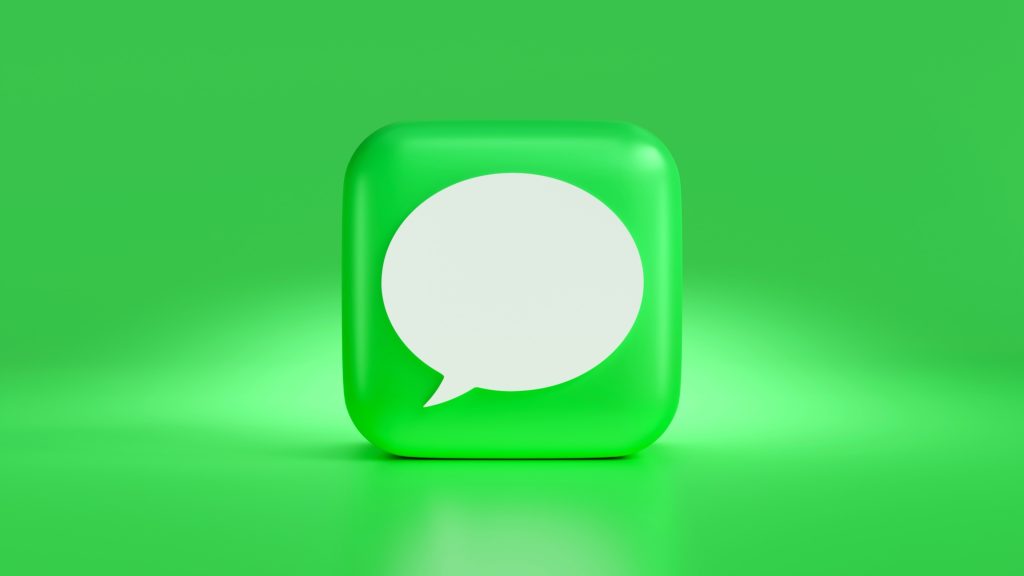In an industry marked by relentless innovation, it’s not often that we witness a pivotal juncture quite like this. Much like Steve Jobs’ 2003 declaration that “Hell froze over” when iTunes was introduced to Windows users, Apple has signaled a momentous shift in its messaging approach. The tech giant has notably announced its intention to integrate Rich Communication Services (RCS) into the iPhone, promising enhanced messaging interoperability between iOS and Android devices.
Understanding RCS & Its Impact on SMS and MMS Messaging
Before delving into the specifics of Apple’s latest move, it’s vital to comprehend what RCS entails. RCS is a communication protocol that aims to supersede the antiquated Short Message Service (SMS) and Multimedia Messaging Service (MMS) with a modern messaging system offering a richer user experience. This includes features akin to instant messaging apps, such as read receipts, typing indicators, and improved media sharing.
Apple and the Promise of Better Interoperability
Apple’s decision to support RCS comes with the prospect of better “interoperability” between iPhones and other mobile devices. While the extent of this integration remains somewhat nebulous, what’s certain is that RCS and iMessage services will exist side by side. Apple is not blending these services into an indistinguishable messaging platform; rather, it preserves its iMessage identity, denoting messages to non-Apple devices with the well-known “green bubbles.”
This strategic move bears implications for the texting dynamic, especially in the United States where iMessage holds a dominant position. As Apple told 9to5Mac, green bubbles will label RCS texts, maintaining a visual demarcation between iPhone users and others. This could perpetuate a ‘digital divide,’ albeit with improved communication capabilities across the board.
Features and Exclusivity in the Apple and Google Ecosystems

Even though RCS will be incorporated into Apple’s messaging services, it’s expected that distinctive features will remain exclusive to iMessage and Google’s Messages app. RCS provides more bandwidth and potential for advanced features; however, the actual integration and display of these features in cross-platform messaging are still up in the air.
Celebrating Progress and Managing Expectations
It’s worth pausing to celebrate the progress that the introduction of RCS on the iPhone represents. Apple’s adoption of new standards tends to drive significant industry investments, as seen with the wireless charging standard Qi following its support in the iPhone 8 and iPhone X. With the next-generation Qi2 set to enhance wireless charging for Android phones, it’s clear that Apple’s support of RCS could lead to important upgrades in messaging standards. Nonetheless, iMessage is unlikely to be dethroned by RCS in the immediate future.
Apple’s and Google’s Unique Messaging Features
Outside the bubble colors, Apple offers features like iOS 17’s Stickers and Contact Posters, as well as app integrations that add a collaborative layer to iMessage. Conversely, Google has strengthened its Messages app with innovations like AI-assisted text composition and encryption for privacy.
In terms of encryption, Apple has stated to 9to5Mac that it won’t adopt Google’s encryption for its Messages app. Instead, it shows intentions to collaborate with the GSMA to enhance RCS’s encryption capabilities. Google has welcomed Apple’s participation, indicating a future where both tech titans work together for better cross-platform messaging solutions.
The Smartphone Rivalry Continues
This collaboration doesn’t signal an end to the intense competition between Apple and Google. As smartphone heavyweights, they will maintain exclusive features that differentiate their respective ecosystems. The continued evolution of their messaging applications is likely to be an area where they compete avidly.
The Future of Messaging and Third-Party Apps
As Apple and Google make strides with RCS, users might still gravitate towards third-party chat apps like WhatsApp, Signal, and Telegram, especially as these platforms continuously evolve and have built-in encryption features. Considering platforms like Facebook Messenger and Zoom offer native app integration across different operating systems, it’s clear that ease of use remains paramount, an area where RCS must show progress to become a widely accepted replacement for SMS and MMS.
In embracing RCS, Apple takes a significant step towards improving how we communicate across device lines. While this move may not unify all messaging features or end the battle for market share between iOS and Android, it paves the way for potentially replacing SMS and MMS. This is a move with substantial implications for future communication, and if it helps to alleviate issues like grainy MMS photos, it could prove to be a significant leap forward for users worldwide.
As the standard matures and both Apple and Google work towards its implementation, the RCS rollout on iPhones represents a crucial advancement towards a unified, feature-rich messaging landscape. It’s a development worth watching with optimism and patience as we anticipate a future in which communication barriers are increasingly diminished.



